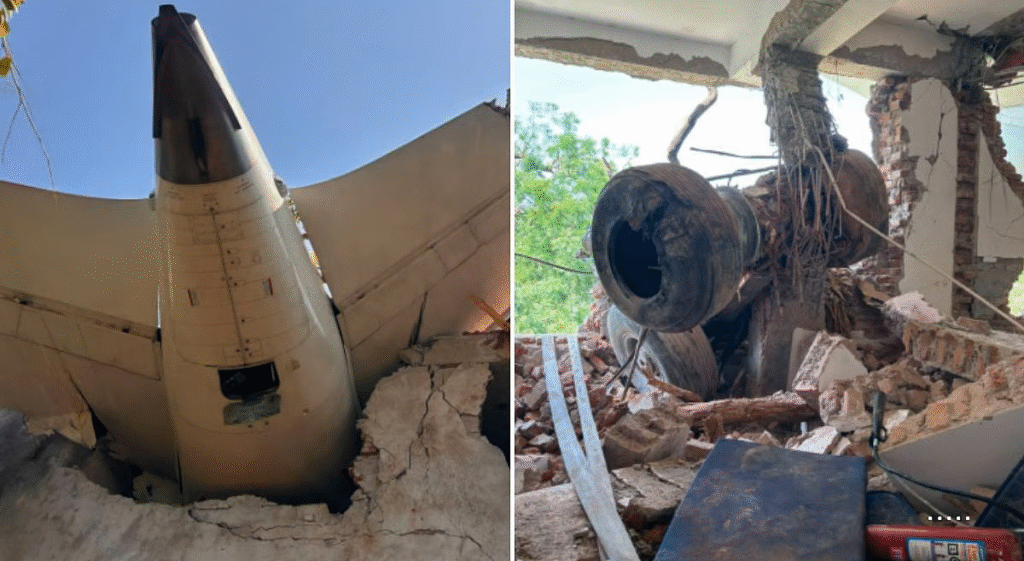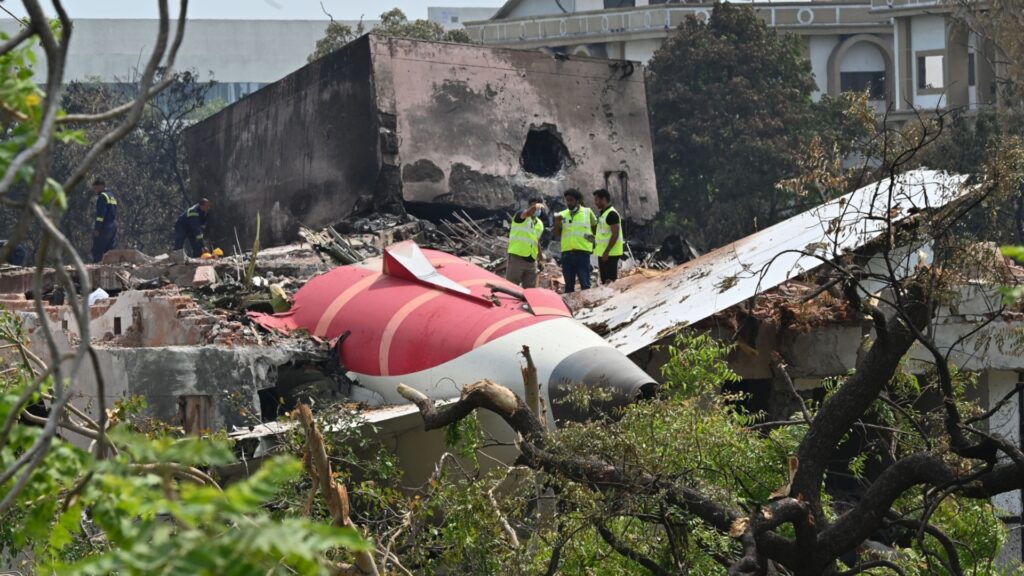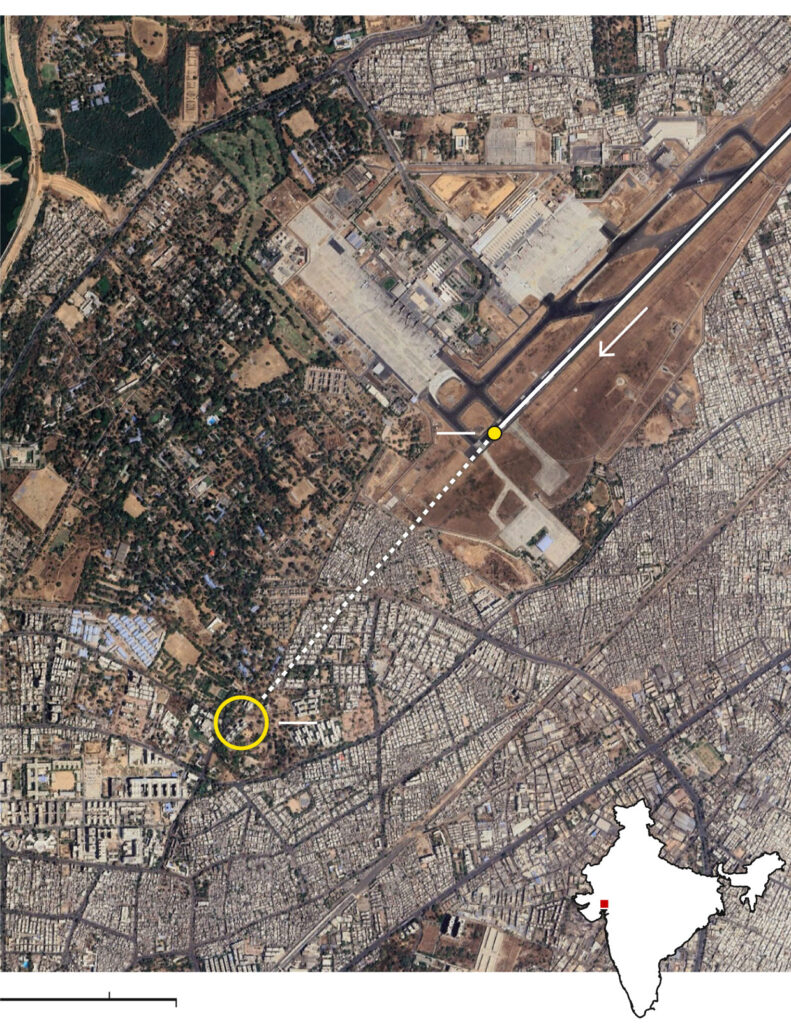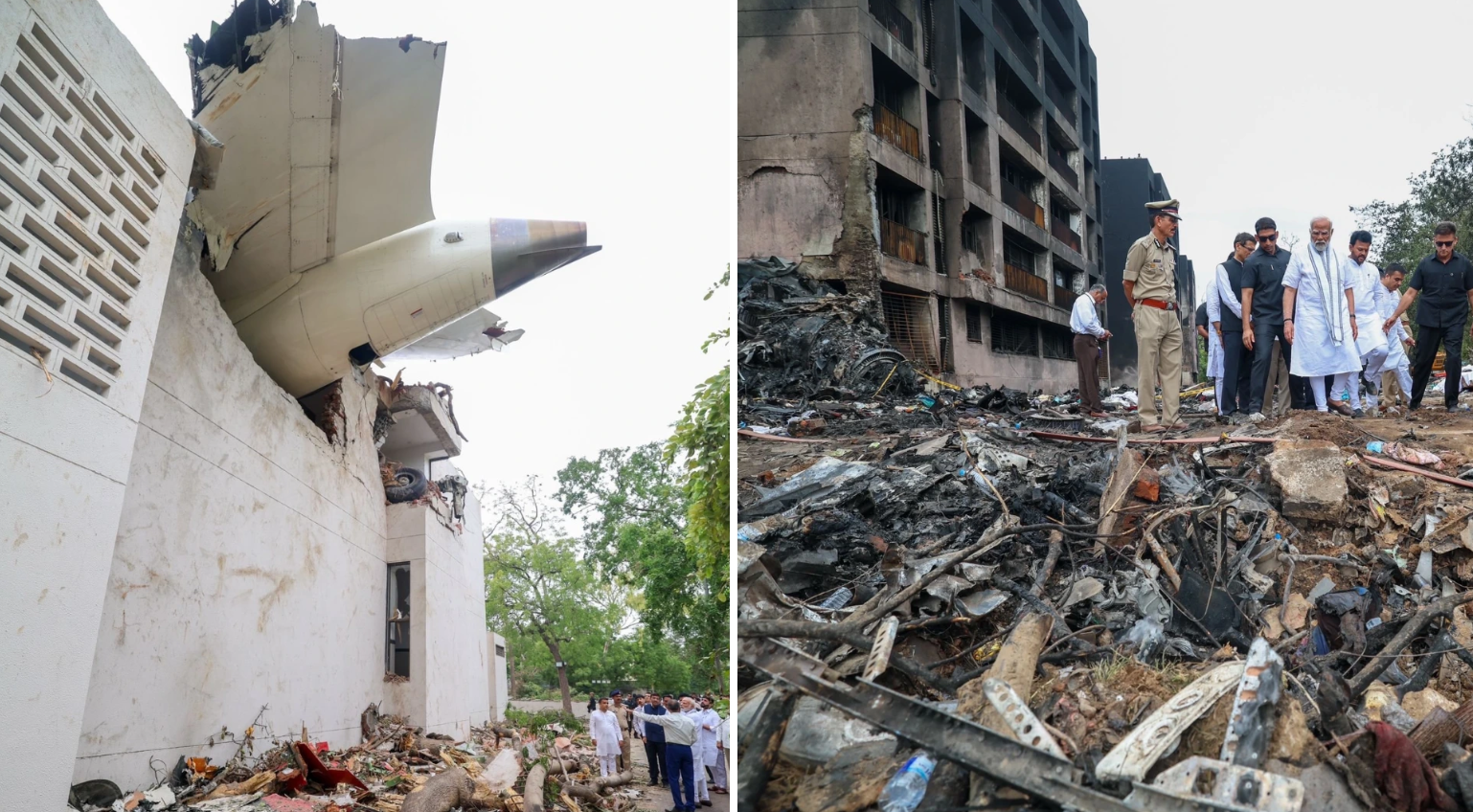Read the full breakdown of the preliminary AAIB report on the Air India Flight AI171 crash. Explore what caused the tragic Boeing 787-8 crash in Ahmedabad that killed 260 people, what the pilots said, and what happens next.
The Ministry of Civil Aviation’s Aircraft Accident Investigation Bureau (AAIB) has released a 15-page preliminary report shedding light on the tragic crash of Air India Flight AI171 in Ahmedabad. The incident, which occurred just moments after takeoff on June 12, involved a Boeing 787-8 Dreamliner en route to Gatwick, London. The accident claimed 260 lives, marking one of the deadliest aviation disasters in recent Indian history.
More than 12 hours after the release of the initial findings, the aviation community, grieving families, and global observers are processing the chilling sequence of events and early technical conclusions drawn by investigators.

Let’s walk through everything the report uncovered — from engine anomalies and cockpit conversations to unanswered questions and the road ahead.
What Happened: Crash Overview
Flight AI171 took off from Ahmedabad’s Sardar Vallabhbhai Patel International Airport, destined for London Gatwick. The aircraft, a Boeing 787-8 Dreamliner, encountered a critical malfunction almost immediately after departure.
According to the AAIB report, just seconds into the flight, the aircraft’s engines lost thrust and the pilots issued a mayday distress call. Despite efforts to regain control, the plane crashed into the densely populated area surrounding BJ Medical College’s hostel complex, only a short distance from the airport.
Of the 241 passengers and crew onboard, 260 individuals, including civilians on the ground, tragically lost their lives.
What the Preliminary Report Reveals
The report delves into the flight’s final moments using data from the aircraft’s flight recorders and engine analysis systems. Below are the most critical findings from the AAIB’s early investigation:
1. Fuel Cutoff Switches Were Activated Mid-Flight
One of the most shocking discoveries was that both engines’ fuel cutoff switches were moved from the “Run” to “Cutoff” position just after the aircraft reached a speed of 180 knots indicated airspeed (IAS) at 13:38:42 IST.
This action effectively stopped the engines from receiving fuel — essentially shutting them off. Investigators noted that this move occurred during the critical climb phase, a time when engines are required to produce maximum thrust.
2. Engines Relit Momentarily, but Failed to Recover
Within seconds of the fuel switches being turned off, they were moved back to the “Run” position. This triggered attempts to relight the engines. The Engine and Aircraft Flight Recorder (EAFR) data confirmed that both engines showed a rise in Exhaust Gas Temperature (EGT), suggesting that combustion was initiated during relight efforts.
However, only one engine—Engine 1—showed signs of partial recovery. Its core deceleration briefly halted and began reversing, while Engine 2 continued to degrade and failed to stabilize.
3. N2 Speeds Fell Below Minimum Idle Limits
Further technical analysis of the EAFR data revealed that the N2 values — a key indicator of engine core rotational speed — dropped below the minimum idle speed required for stable engine operation. This occurred in both engines, rendering them incapable of producing sufficient thrust to sustain flight.
4. Cockpit Voice Recorder Captures Startling Conversation
The cockpit voice recorder provided a glimpse into the chaotic moments inside the flight deck. According to the report, one pilot can be heard asking the other, “Why did you cut off?” to which the response was, “I did not do so.”
This brief exchange raises serious concerns about possible miscommunication or unintentional activation of critical engine controls. It remains unclear why the fuel cutoff switches were engaged, whether by human error, mechanical fault, or another unidentified cause.
5. Damage to Aft Recorder Limits Data Recovery
While the front flight recorder yielded valuable data, the rear (aft) Engine and Aircraft Flight Recorder suffered substantial damage during the crash. Conventional methods failed to retrieve any data from this device, presenting a setback to investigators who rely on dual-recording systems for redundancy.
Reactions to the Report: Grief, Anger, and Demands for Answers
The AAIB’s preliminary report has triggered mixed reactions from families of victims, aviation experts, and unions.
Air India’s Official Response
The airline issued a formal statement acknowledging the report. “We stand in solidarity with those affected by this devastating incident,” the statement read. “Air India will continue to work closely with the authorities in the ongoing investigation.”
Air India stands in solidarity with the families and those affected by the AI171 accident. We continue to mourn the loss and are fully committed to providing support during this difficult time.
— Air India (@airindia) July 11, 2025
We acknowledge receipt of the preliminary report released by the Aircraft Accident…
Victims’ Families Speak Out
Many families feel the report lacks accountability. Dr. Mario Donadi, a colleague of one of the crash victims, Dr. Prateek Joshi, called the findings “a huge slap in the face.” He questioned how such a catastrophic error—such as fuel switches being turned off mid-flight—could go unchallenged or unexplained.
Aviation Experts Weigh In
Experts consulted by the BBC and other outlets noted that the fuel cutoff switches are protected mechanisms — unlikely to be flipped by accident. Professor Graham Braithwaite, an aviation safety specialist, remarked, “These are not switches that can be brushed off with a sleeve. It suggests something more intentional or complex may have occurred.”
Continued Investigation and Final Report
The AAIB stressed that the findings are preliminary and that a comprehensive final report will follow after deeper analysis.
Ongoing Steps Include:
- Fuel Sample Testing: Analysts will test aviation fuel used in the aircraft for contamination or inconsistencies.
- Post-Mortem Reports: Autopsies of both passengers and crew will be reviewed to determine if any medical conditions played a role in the flight deck or cabin responses.
- Further Flight Recorder Analysis: Efforts are underway to extract data from the damaged aft recorder using advanced recovery methods.
- Stakeholder Testimonies: Additional input from Boeing, General Electric (engine manufacturer), and Air India personnel will be evaluated.
At this stage, the AAIB has not issued any safety recommendations regarding Boeing 787-8 aircraft or GE GEnx-1B engines.

Why This Case Is Critical for Indian Aviation
The AI171 tragedy not only shocked India but also raised broader concerns about flight deck communication, crew training, and system safeguards. In recent years, Indian aviation has seen rapid expansion, but such incidents expose vulnerabilities that must be urgently addressed.
The AAIB’s findings will likely influence new regulations or procedural changes in cockpit resource management (CRM), especially concerning switch and engine control procedures.
The Broader Aviation Context: Are Fuel Cutoff Errors Common?
Globally, incidents involving mid-flight fuel switchoffs are extremely rare. Modern aircraft, especially technologically advanced jets like the Boeing 787 Dreamliner, are designed to prevent such mishaps. Safety interlocks, tactile feedback, and warning alarms are built into fuel systems to avoid unintentional engagement.
Hence, this incident stands out as highly unusual — and potentially points toward a complex interaction of mechanical, procedural, and human factors.

Timeline Recap: Critical Moments of AI171’s Final Flight
| Time (IST) | Event |
|---|---|
| 13:38:42 | Aircraft reaches 180 knots IAS; both fuel switches cut to ‘Off’ |
| Within seconds | Switches toggled back to ‘Run’; relight attempts initiated |
| Shortly after | EGT rises, indicating combustion; Engine 1 begins to recover |
| Following mins | Engine 2 fails to stabilize; aircraft rapidly loses altitude |
| 14:00 | Crash into BJ Medical College hostel premises; 260 dead |
A Tragedy That Demands Full Transparency
As India mourns the 260 lives lost in the Air India AI171 crash, the aviation world watches closely for the next stages of the investigation. The preliminary report has offered more questions than answers, especially regarding the fuel switch incident and the communication between pilots.
Families are calling for justice, aviation unions are demanding transparency, and experts insist that the final report must go deeper into possible systemic flaws — whether in human factors, training, or mechanical design.
With the final report expected within a year, stakeholders across the globe hope that the full truth behind this devastating crash will be revealed, not just to assign responsibility, but to ensure that such an incident never happens again.

